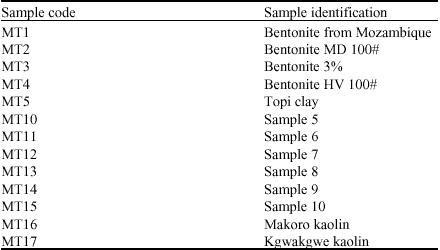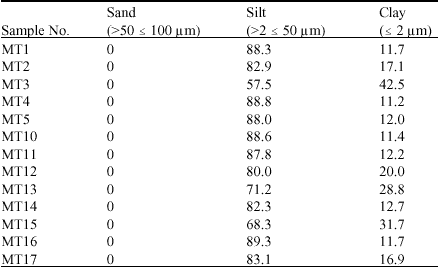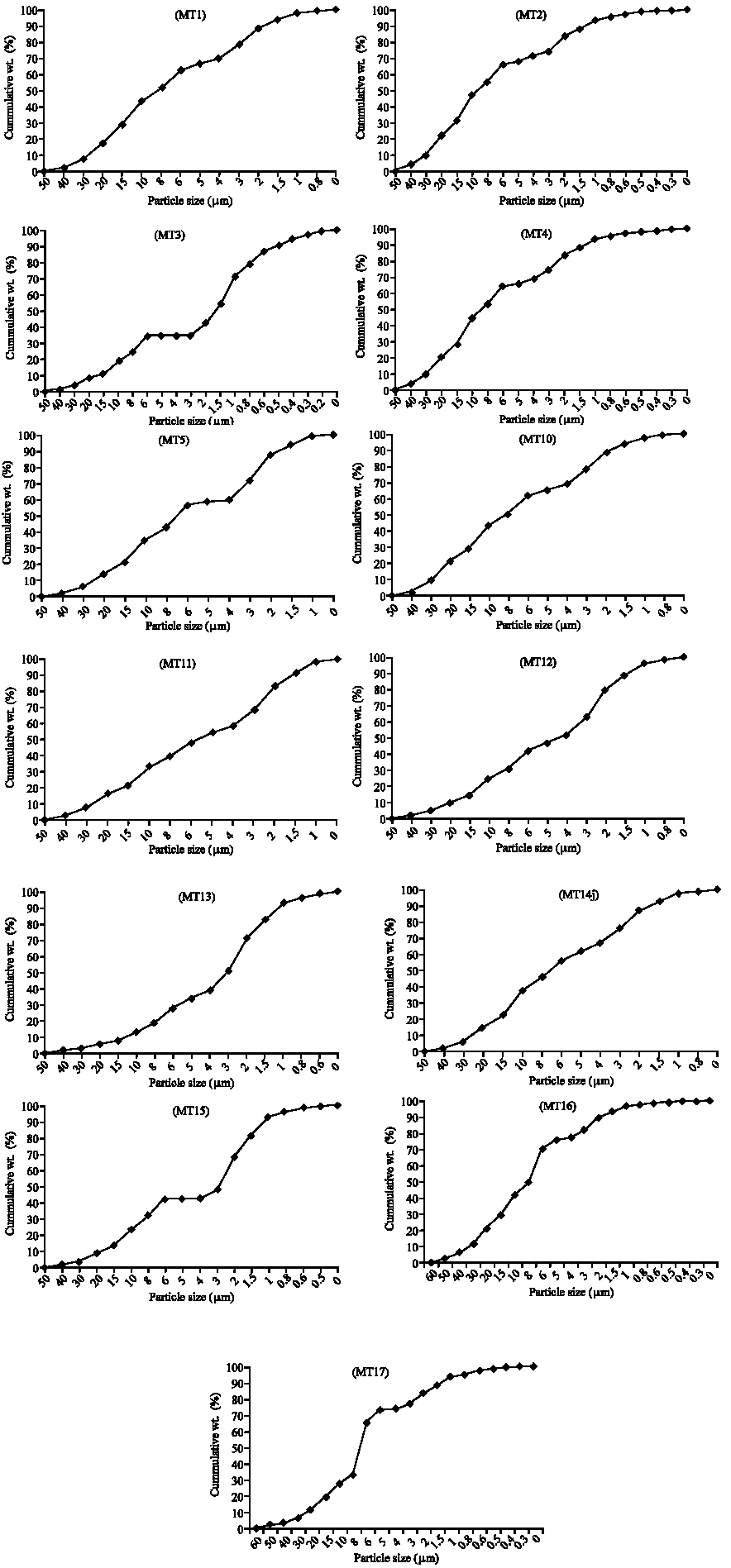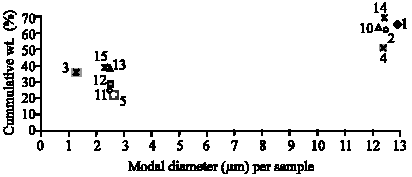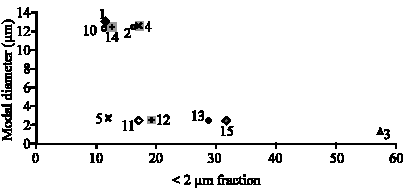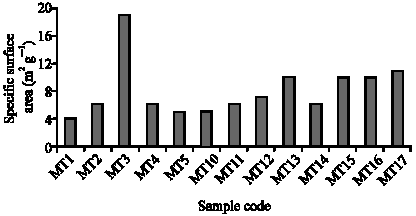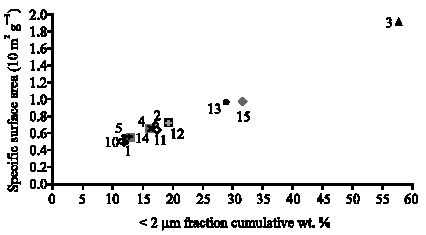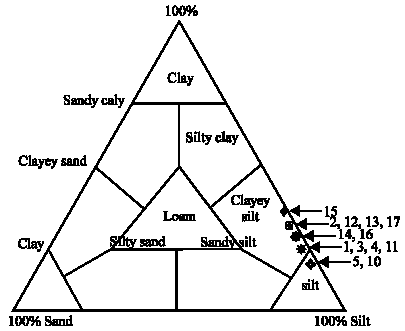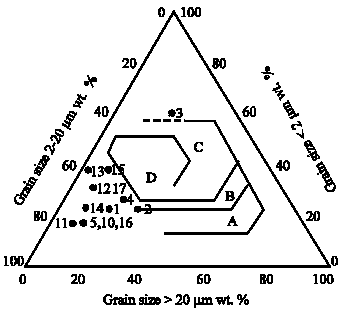Research Article
Granulometric Evaluation of Continental Bentonites and Kaolin for Ceramic Applications
Geology, Mining and Minerals Programs, University of Limpopo, Sovenga, P/B X1106 Limpopo Province, 0727 South Africa
Antoine Mulaba-Bafibiandi
Minerals Processing and Technology Research Group, Department of Extraction Metallurgy,University of Johannesburg, P.O. Box 17011, Doornfontein, 2028 South Africa









